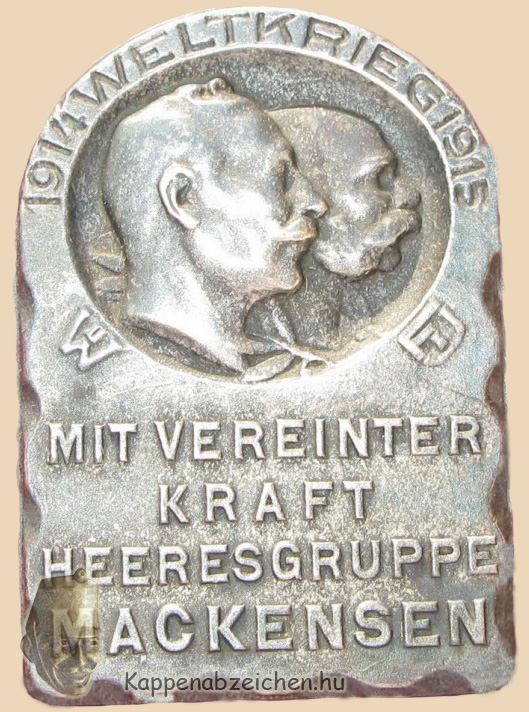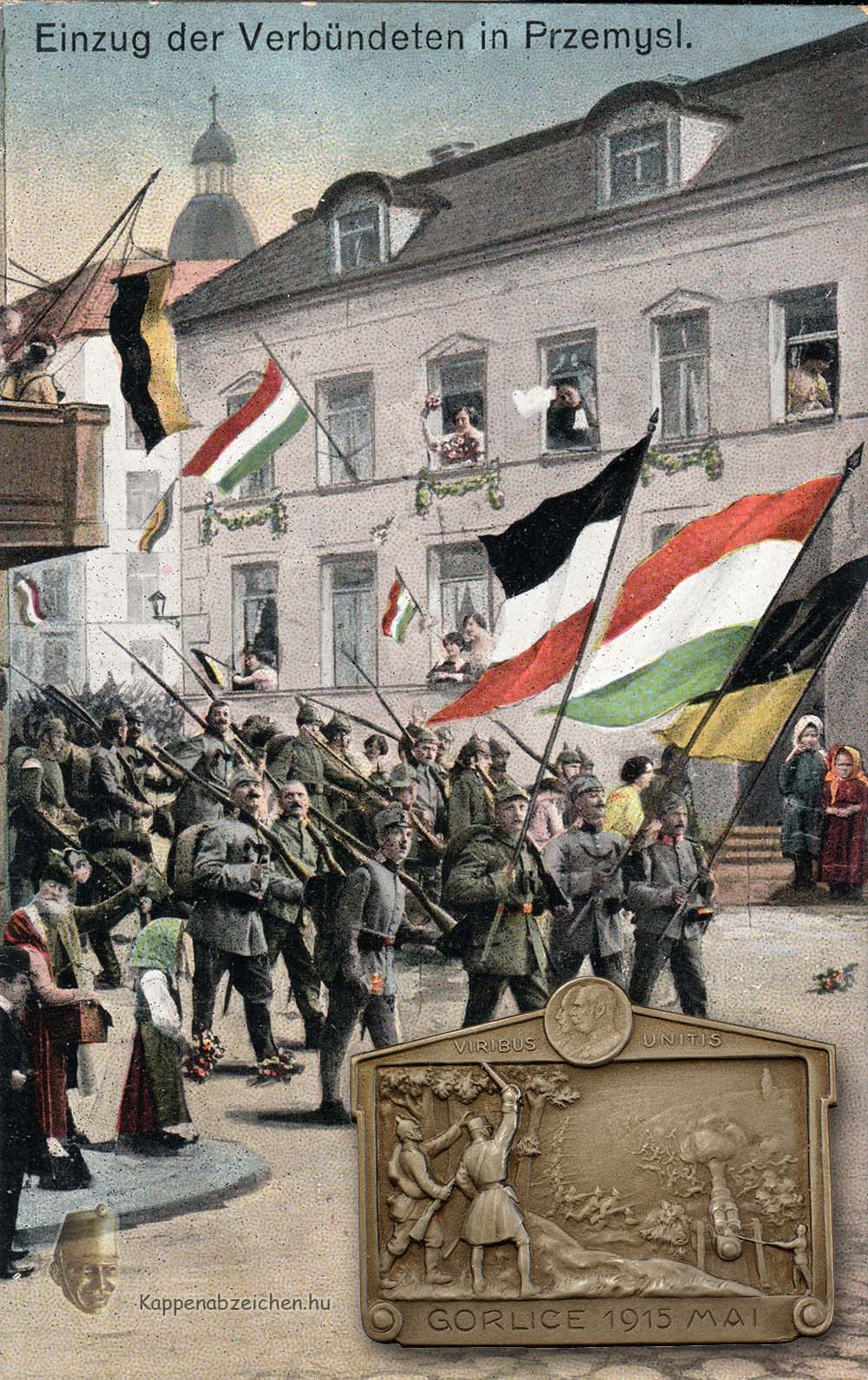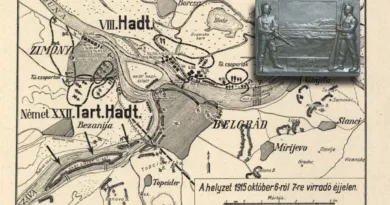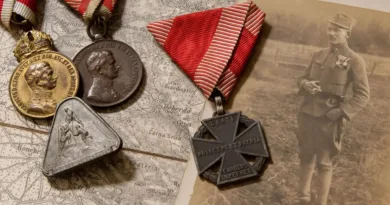Gorlice
Perhaps the most significant victorious operation of the Monarchy was the offensive against the Russians that began on May 2, 1915. Though, it should be clarified right from the start: this was a joint German and Austro-Hungarian operation. The breakthrough in Gorlice, which started the offensive, took place between May 2 and 5. The settlement of Gorlice, and the main center of gravity of the attack, was east of Kraków, in the foreground of the Carpathians. The purpose of the operation was to recapture the territories occupied in the Russian invasion of 1914, to clear the Carpathians of Russian troops. In a broader sense, the Central Powers wanted to keep the Italian and Romanian states away from the war. The combat plan was drawn up by Chief of Staff Conrad with German support and approval. In preparation for the attack, the German 11th Army was formed in April under the command of Colonel-General August von Mackensen. Eight German and three Austro-Hungarian divisions were assigned to this army. On the part of the Monarchy, the attacking wedge was directly supported by the 4th Army. The commander of these two armies was Colonel General Mackensen at the head of Army Group Mackensen.
According to the military plan, the partially Austro-Hungarian 11th Army, after breaking through the Russian lines, advanced in the direction of Gorlice, Jaslo and Krosno. On its left flank, the Austro-Hungarian 4th Army advanced towards Tarnów. On the right wing, the Austro-Hungarian 3rd Army advanced from the Carpathian line in the direction of Przemysl. The attack began on May 1 with artillery strikes. On the morning of the 2nd, the Russian defense line was immediately breached at a width of 40 km. Although the right wing suffered heavy losses, it also caught up to the attack and captured Przemysl on the 3rd. The Russians then deployed 15 divisions of reinforcements and tried to intercept the Allied attack before Lemberg. This did not succeed, the fortified positions around Lemberg were also occupied by the attacking forces on May 4. The attack then continued until September 1915, although it was slowed down by the increasing resistance of the Russians, and then finally stopped along the Styr river. In addition to the large territorial gains, looted war material and prisoners of war, the larger goals of the attack were only partially achieved. The Russian military was not fatally weakened. As a result of the attack, the Italians, contrary to expectations, entered the war. Romania continued to wait, but Bulgaria entered the war on the side of the Central Powers.
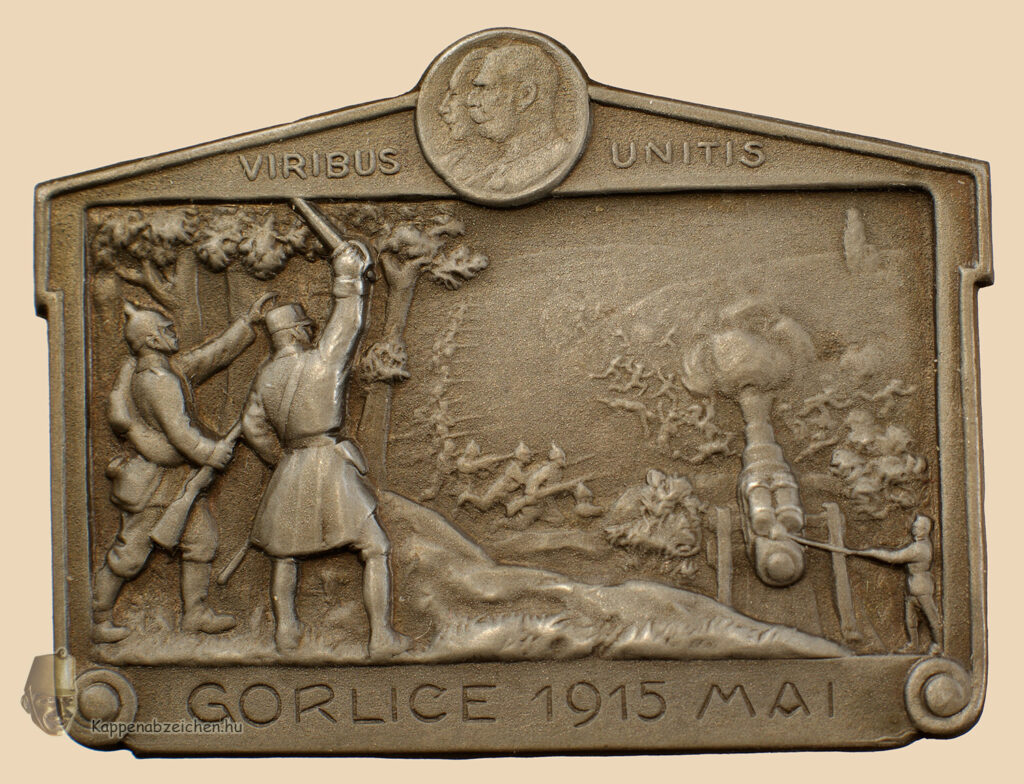
The breakthrough in Gorlice had great propaganda value, so relatively many badges refer to the operation. In the center of the post is the badge with the inscription Gorlice. A joint attack by the Austro-Hungarian and German soldiers was depicted. In the foreground are a staff officer directing the battle and a German soldier, as well as a heavy mortar. In the background, we can see rushing crowds and fleeing Russians. I also include the insignia of the combined Mackensen Army Group, which is decorated with portraits of the two monarchs. Similar to this was the insignia of the German 11th Army, which I have already presented here. I chose a postcard depicting the liberation of Przemysl as a background image.
